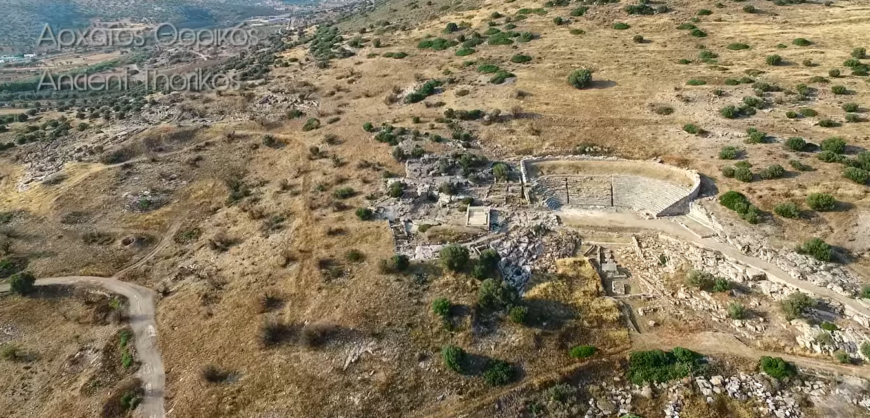A team of archaeologists got quite the surprise when they were digging at a well-established Mycenaean site in Greece located south of Athens. While performing excavations near Thorikos, the researchers from the University of Göttingen in Germany unearthed the ruins of a large house dating back to the 9th or 10th centuries BC – the Greek Iron Age.
Some tremendously ancient ruins have been found on the Attica Peninsula around Athens. But this is the oldest still-standing structure of any type from this time period that has been found in the region.
Exploring Ancient Thorikos, from the Mycenaean Period to the Early Iron Age
The nearly 3,000-year-old house was unearthed in an area where silver mining was common in ancient times. The site of the long-abandoned silver mine in Thorikos is approximately 37 miles (60 kilometers) south of Athens, along the Greek mainland’s southeastern Aegean Sea coast.
Reuters: German rescue ships blocked in Italy over breach of migration law
This location has already produced some amazing finds, including domed tombs and the remains of a large settlement that would have featured homes, factories, religious sanctuaries, a theater and a cemetery dating back to the Bronze Age Mycenaean period (1,700 to 1050 BC). The Mycenaeans built the first truly Greek advanced culture on the Greek mainland, forming the basis for the later Iron Age Greek civilization that arose in the area.
Read more: Ancient Origins






































